Whale song has structure similar to human language
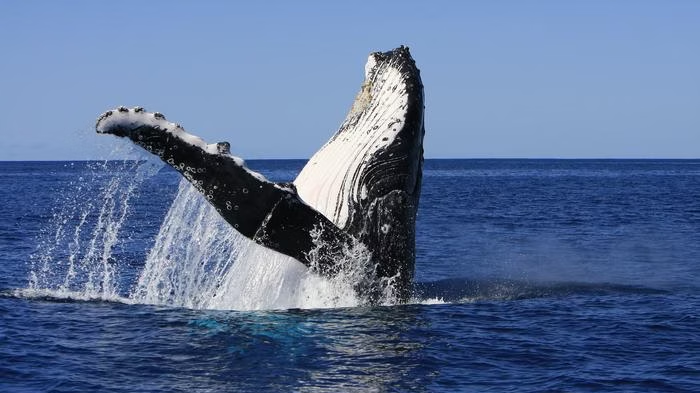
Research led by the Hebrew University of Jerusalem uncovered humpback whales learn melodic sequences by tracking transitional probabilities, akin to infant language acquisition.
‘Buzz me in:’ Bees wearing itty bitty QR codes reveal hive secrets
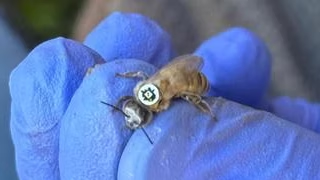
Scientists at Penn State University discovered that some bees spend over two hours foraging thanks to miniature QR code tracking on 32,000 bees.
‘Robot blood’ doubles as liquid battery and hydraulic system in jellyfish bot
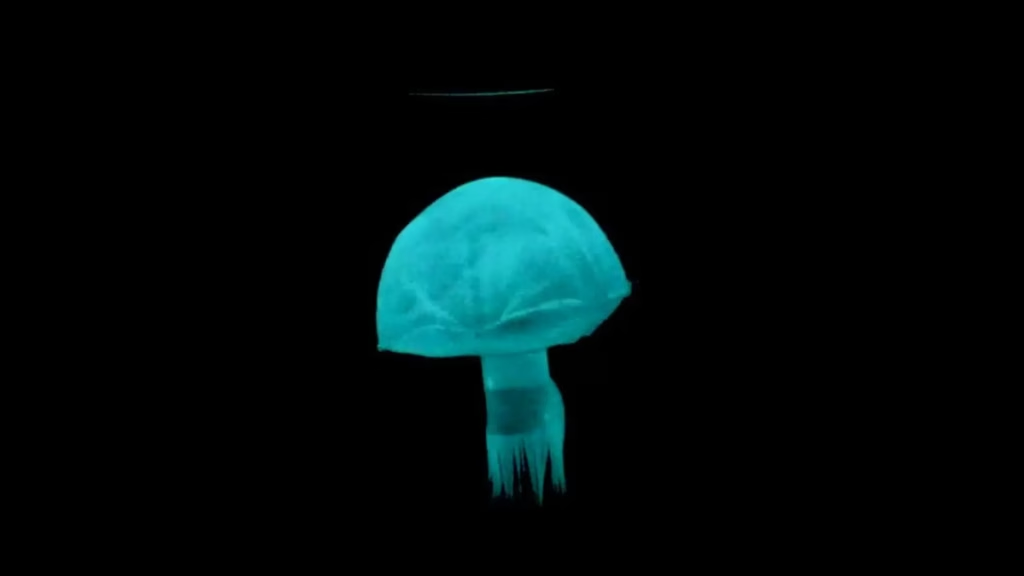
Cornell University researchers have unveiled worm and jellyfish robots with ’embodied energy,’ to reduce weight and costs.
Super enzyme breaks down testosterone in some male ruffs for female disguise
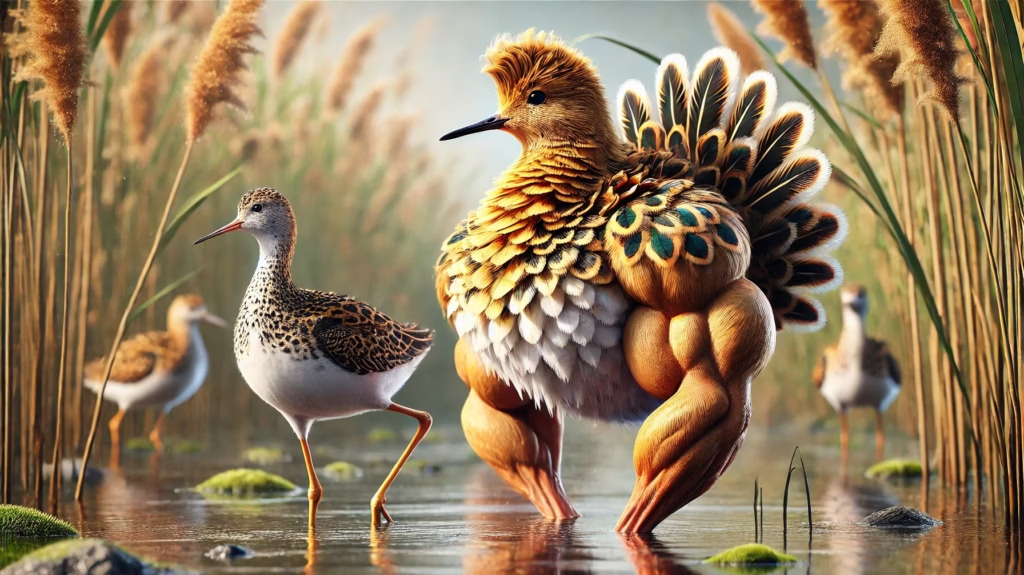
Researchers at the Max Planck Institute for Biological Intelligence in Germany discovered some ruff morphs degrade excess testosterone in their bloodstream for strategic mating.
Ants beat humans in collaborative geometric puzzle
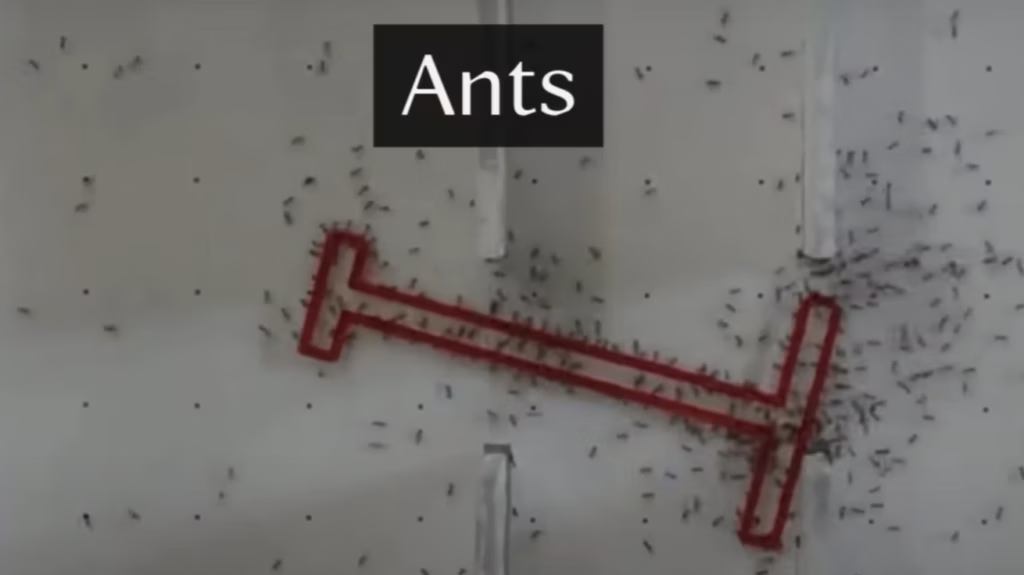
Researchers at the Weizmann Institute of Science discovered that large ant groups can outperform humans at complex tasks, challenging assumptions about collective intelligence.
Oyster blood kills lung infection bacteria, enhances antibiotics up to 32x – new discovery
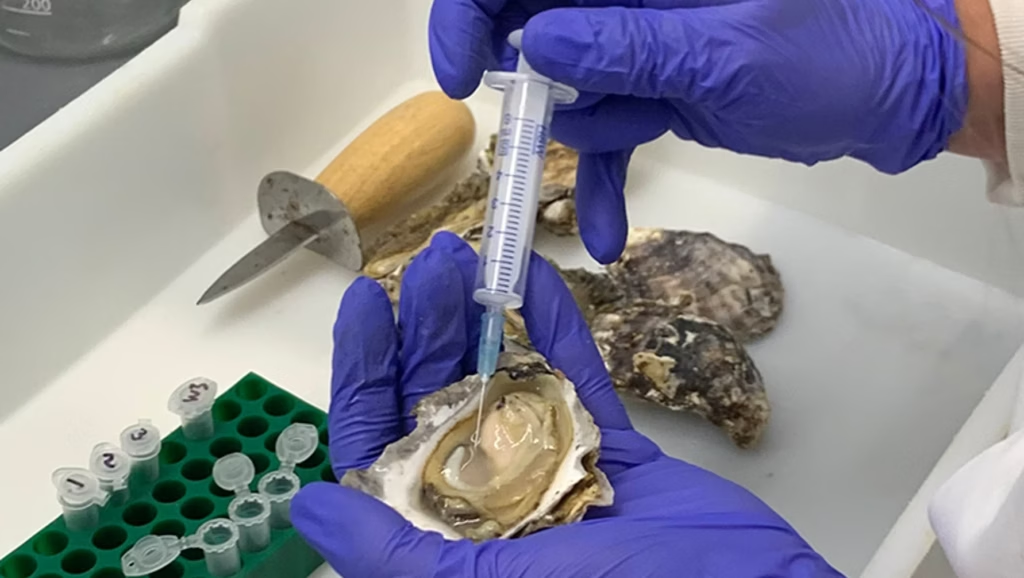
Researchers from Southern Cross University in Australia find a protein in Sydney Rock Oyster hemolymph enhances antibiotics by disrupting bacteria’s protective biofilms.
In chimpanzees, peeing is contagious

Researchers at Kyoto University found lower-ranking chimpanzees more likely to urinate when others do, suggesting a social element to bathroom breaks.
This metaphorical cat is both dead and alive – and it will help quantum engineers detect computing errors

University of New South Wales in Australia has unveiled an “atomic cat” with seven lives, harnessing antimony’s eight spin states for a sturdier path towards quantum computing.
Deep learning designs proteins against deadly snake venom
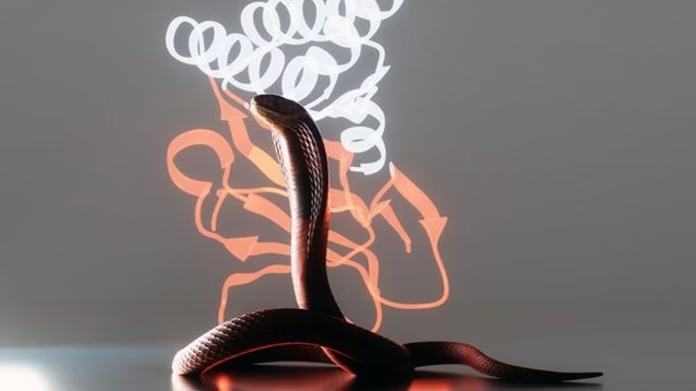
Scientists at the University of Washington have used AI to develop stable proteins that neutralise three-finger snake toxins.
New giant sea bug named after Darth Vader tastes better than lobster
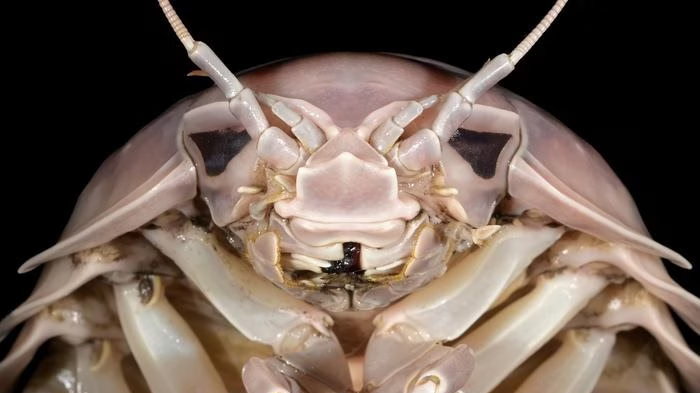
Researchers have discovered a huge deep sea isopod, weighing over a kilogram and up to 32.5 cm in length, which has become a Vietnamese delicacy in recent years.
